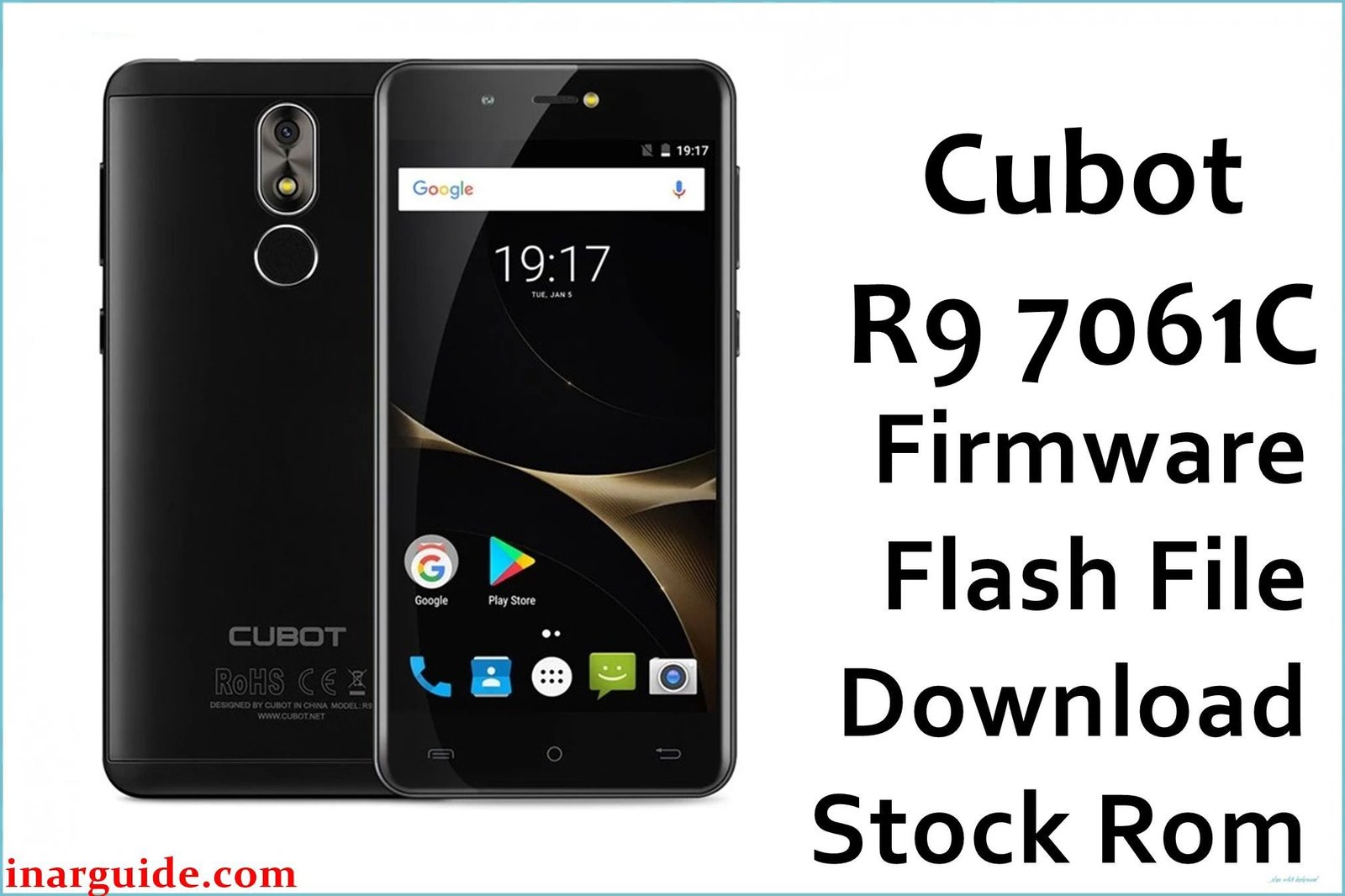If your Cubot Echo is experiencing persistent bootloop issues, audio distortion and echo problems during calls, rapid battery drain despite the 3000mAh capacity, or WiFi connectivity failures, flashing the official stock firmware provides the most comprehensive solution. This expert guide delivers tested firmware downloads, detailed SP Flash Tool instructions, and specialized troubleshooting methods to restore your music-focused MT6580-powered device to optimal performance.
🚨 Critical Pre-Flash Warning
Flashing firmware will permanently erase all data on your Cubot Echo, including photos, apps, contacts, and personal files. Create a complete backup before proceeding. Incorrect use of SP Flash Tool can damage IMEI or cause permanent brick—follow instructions precisely.
Device Specifications Verification
Confirm these specifications match your device before flashing:
| Specification | Details |
|---|---|
| Device Name | Cubot Echo |
| Release Date | September 2016 |
| Chipset | MediaTek MT6580 (28nm, Quad-Core 1.3GHz) |
| GPU | ARM Mali-400 MP2 @ 500MHz |
| Display | 5.0″ IPS LCD, 1280×720 HD, 2.5D curved glass |
| RAM/Storage | 2GB RAM / 16GB internal storage |
| Battery | 3000mAh removable Li-Ion |
| Android Version | Android 6.0 Marshmallow (stock) |
| Key Features | 13MP + 5MP cameras, Awinic AW87319 amplifier, HiFi audio |
Official Firmware Downloads
| Filename | Date | Region | Android | Size | Download Link/s |
|---|---|---|---|---|---|
| Cubot_Echo_MT6580_20170401_7.0.zip | Apr 2017 | Global | 7.0 | 1.12GB | Download (MediaFire) |
| CUBOT_ECHO_6061C_V15_20170626.zip | Jun 2017 | Global | 6.0/7.0 | 973MB | Download (MEGA) |
⭐ Recommendation: Always use V15 (June 2017) firmware as it includes enhanced audio driver optimizations, improved battery management algorithms, better WiFi connectivity stack, and refined Awinic AW87319 amplifier calibration.
Required Tools & Drivers
- SP Flash Tool (latest version)
- MediaTek VCOM USB Drivers
- Cubot Echo firmware package (from table above)
Driver Installation Notes:
- On Windows 10/11, you may need to disable driver signature enforcement
- Install drivers before connecting your phone
- Use high-quality USB cable to prevent flashing interruptions
Quick Cubot Echo Firmware Flashing Instructions
-
Download and install SP Flash Tool along with MediaTek VCOM drivers on your computer.
-
Extract the firmware file and locate the scatter file (usually
MT6580_Android_scatter.txt). -
Open SP Flash Tool and click “Scatter-Loading” button to load the scatter file from the firmware folder.
-
Set the mode to “Download Only” (never use “Format All” unless absolutely necessary to avoid IMEI loss).
-
Power off your Cubot Echo completely and ensure it has at least 50% battery charge.
-
Click the “Download” button in SP Flash Tool, then connect your powered-off device to PC via USB cable to begin the flashing process.
For comprehensive instructions including error troubleshooting, driver issues, and advanced recovery methods, visit our complete guide: How to Flash Firmware on MediaTek (MTK) Smartphones.
Troubleshooting & Optimization Guide
1. Audio Echo and Call Quality Issues
- Symptoms: Echo during phone calls, distorted audio output, Awinic amplifier malfunction, volume inconsistencies.
- Enable mono audio mode: Settings > Accessibility > Mono Audio
- Disable audio effects and alternate audio policy in developer options
- Clean speaker grilles and microphone openings with compressed air
- Flash V15 firmware for updated Awinic AW87319 amplifier drivers
- If hardware failure suspected, replace Awinic amplifier chip professionally
2. Rapid Battery Drain Despite 3000mAh Capacity
- Symptoms: Battery depletes quickly, slow charging, false readings, overheating during use.
- Use original 5V/2A charger and avoid cheap third-party alternatives
- Keep battery level between 30-80% for optimal longevity
- Disable background app refresh and location services for non-essential apps
- Flash V15 firmware for improved power management optimizations
- If battery degradation confirmed, replace with genuine 3000mAh Li-Ion battery
3. Persistent Bootloop and System Crashes
- Symptoms: Device stuck on logo screen, continuous restart cycles, won’t boot to Android.
- Perform hard reset: Power + Volume Up for 10 seconds with removable battery
- Boot into recovery mode and wipe cache partition
- Flash V15 firmware using “Download Only” mode in SP Flash Tool
- If standard flash fails, try “Format All + Download” (WARNING: Will erase IMEI)
- For persistent issues, battery replacement may be required
4. WiFi Connectivity and Network Problems
- Symptoms: WiFi disconnecting frequently, slow internet, cannot connect to networks.
- Enable automatic date/time: Settings > System > Date & Time > Automatic
- Toggle WiFi off/on and forget problematic networks, then reconnect
- Reset network settings: Settings > System > Reset > Reset WiFi, mobile & Bluetooth
- Separate 2.4GHz and 5GHz networks with different names
- Flash V15 firmware for improved network stack stability and connectivity fixes
5. Camera Performance and Image Quality Issues
- Symptoms: Camera app crashes, poor photo quality despite 13MP sensor, focus problems.
- Clear camera app data: Settings > Apps > Camera > Storage > Clear Data
- Clean camera lens with microfiber cloth regularly
- Test camera in good lighting conditions with proper distance (2-4 feet)
- Flash V15 firmware for updated camera drivers and image processing
- If hardware failure suspected, professional camera module replacement needed
6. Touch Sensitivity and Display Response Issues
- Symptoms: Unresponsive 2.5D curved glass touch, dead zones, delayed response.
- Enable high touch sensitivity: Settings > Display > Touch Sensitivity
- Remove thick screen protectors that may interfere with 2.5D glass
- Clean display with appropriate cleaning solution regularly
- Test touch response in safe mode to eliminate app conflicts
- Flash V15 firmware for optimized touch driver calibration
Performance Optimization for Music Experience
As the Cubot Echo is specifically designed for music enthusiasts with its Awinic AW87319 amplifier and HiFi capabilities:
- Audio Settings: Enable HiFi mode in sound settings for optimal music quality
- Storage Management: Keep at least 20% internal storage free for smooth audio processing
- Background Apps: Close unnecessary apps during music playback to prevent audio stuttering
- Equalizer: Use built-in equalizer presets optimized for the Awinic amplifier
- Battery Optimization: Disable battery optimization for music apps to prevent playback interruption
- Network Priority: Prioritize WiFi over mobile data for streaming services
Frequently Asked Questions
- Why does the Cubot Echo produce echo during phone calls despite being named “Echo”?
- The Echo name refers to its superior audio playback capabilities, not call echo issues. Call echo problems are typically caused by microphone/speaker positioning conflicts and can be resolved with firmware updates and proper settings.
- Can I upgrade from Android 6.0 to newer versions?
- The MT6580 chipset with 2GB RAM limits official support to Android 7.0 maximum. Custom ROMs may provide newer Android experiences but with potential stability issues.
- How long should the 3000mAh battery last on the Cubot Echo?
- With proper optimization, the 3000mAh battery should provide 10-12 hours mixed usage, including several hours of music playback utilizing the HiFi amplifier.
- Will flashing firmware void my warranty?
- Flashing official stock firmware typically does not void warranty, but always check with your retailer first. Custom firmware modifications will void warranty.
- What makes the Cubot Echo different from other budget phones?
- The Cubot Echo features the specialized Awinic AW87319 power amplifier chip for superior audio quality, enhanced bass response, and 100dB volume output without distortion—making it ideal for music enthusiasts.
Expert Recommendations for Best Results
- Always use V15 (June 2017) firmware for maximum stability and audio performance
- Maintain 20GB+ free storage for optimal system and audio performance
- Use original charging accessories to preserve the 3000mAh battery lifespan
- Enable HiFi audio settings to fully utilize the Awinic amplifier capabilities
- Keep device cool during intensive audio use to prevent thermal throttling
- Regular cache clearing maintains smooth audio processing and system performance
- Monitor battery health regularly using built-in diagnostics
Conclusion
Flashing the official Cubot Echo V15 stock firmware provides comprehensive solutions for audio echo problems, rapid battery drain, bootloop issues, and WiFi connectivity failures. The June 2017 V15 release represents the most optimized firmware available for this music-focused MediaTek MT6580-powered device, with enhanced Awinic AW87319 amplifier support and improved power management.
With proper SP Flash Tool usage and following safety protocols, users can restore their Cubot Echo to factory-fresh performance while preserving its unique audio capabilities. The device’s specialized music features, including the powerful amplifier and HiFi processing, make it an excellent choice for audio enthusiasts when properly maintained through firmware optimization.
Success? Share your experience in the comments, especially if you resolved audio echo issues or improved battery performance. Your feedback helps other Cubot Echo users maintain their music-focused devices successfully!



